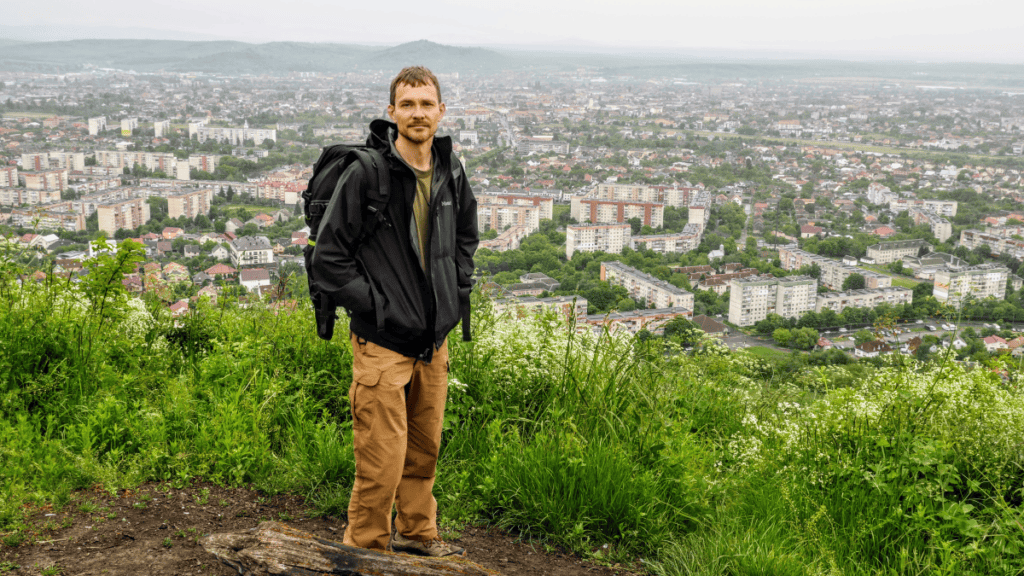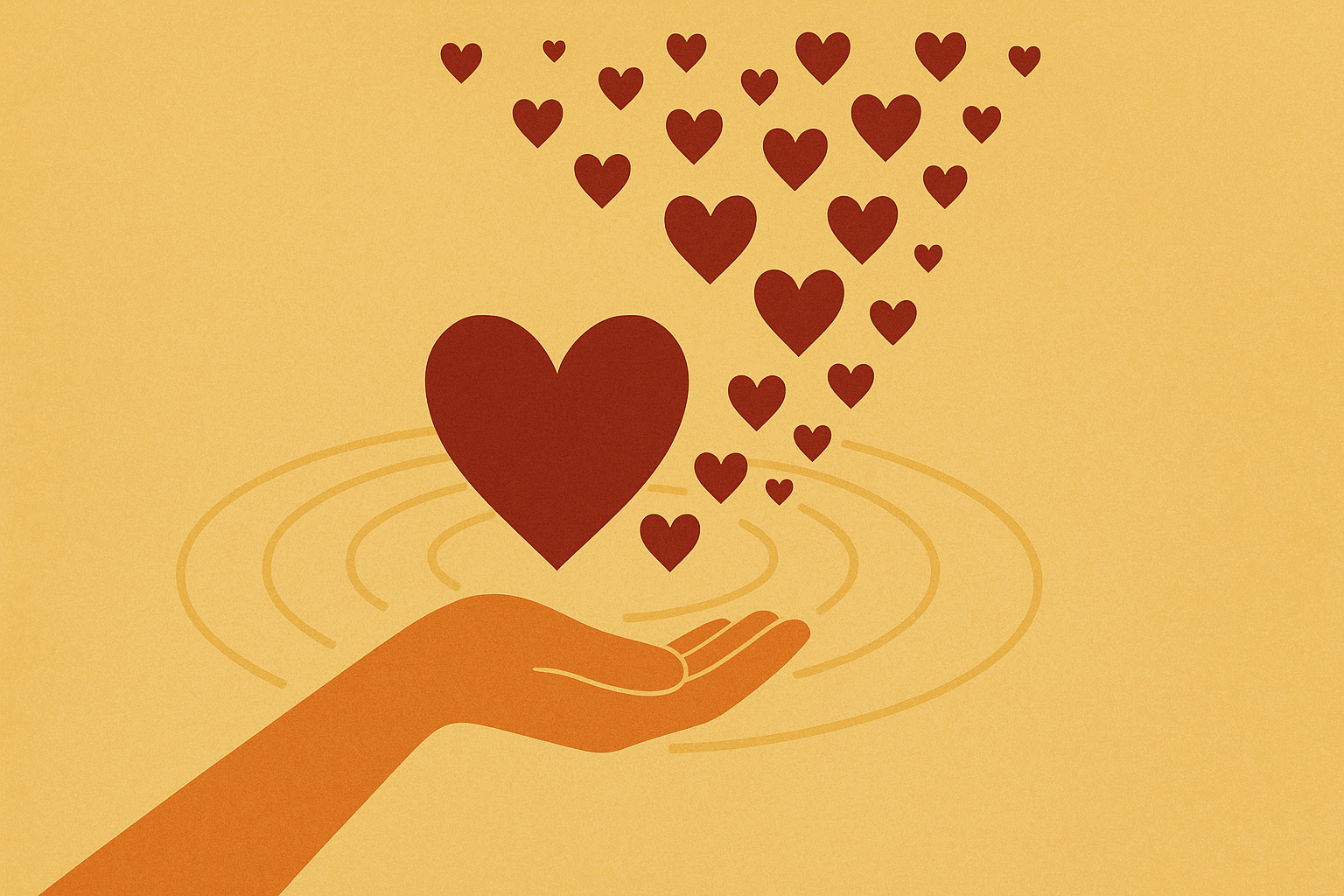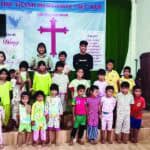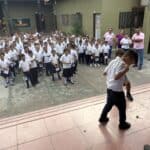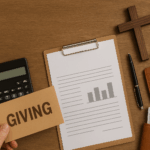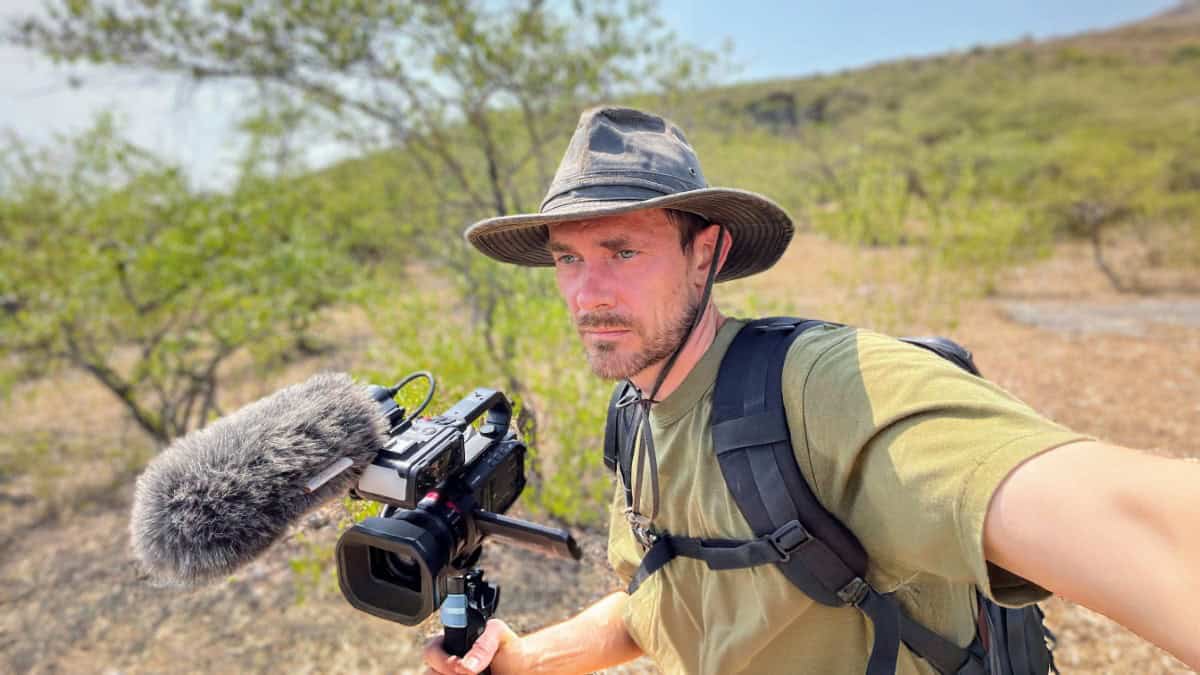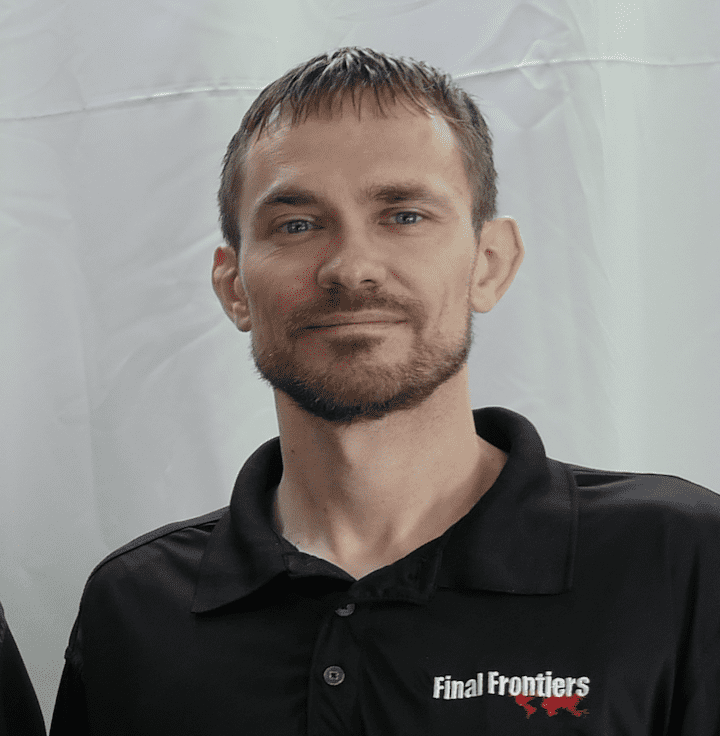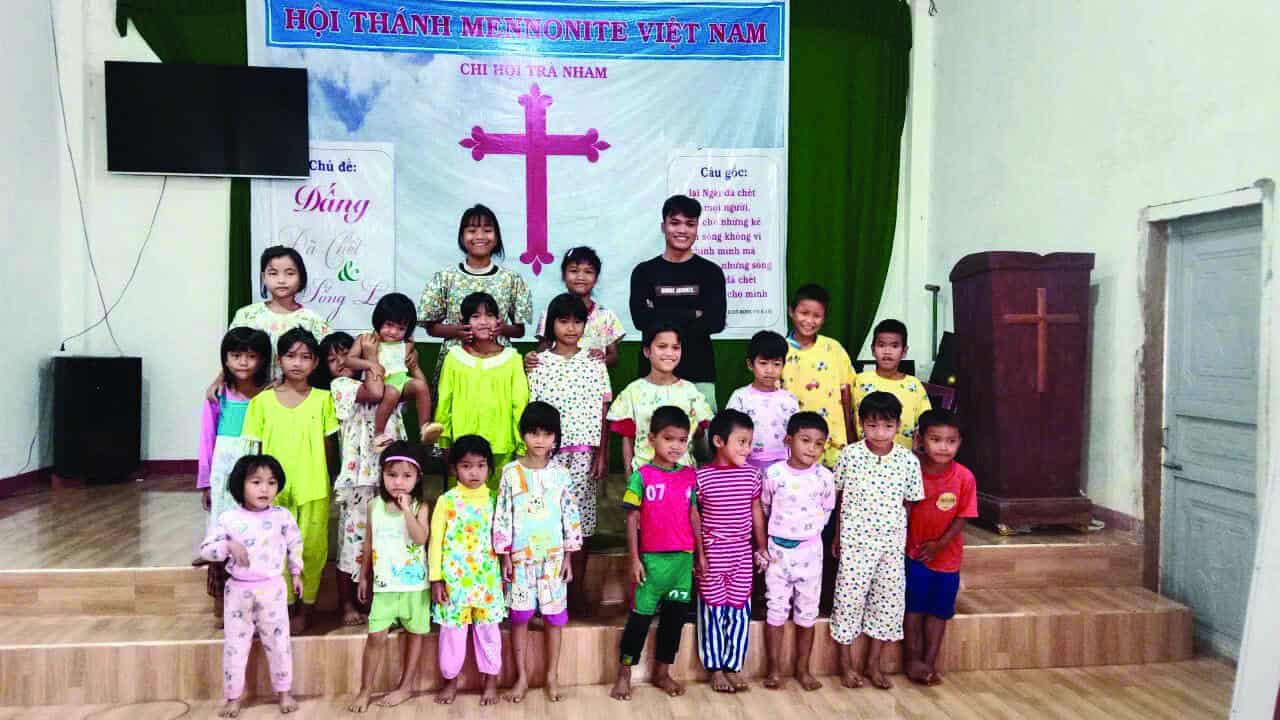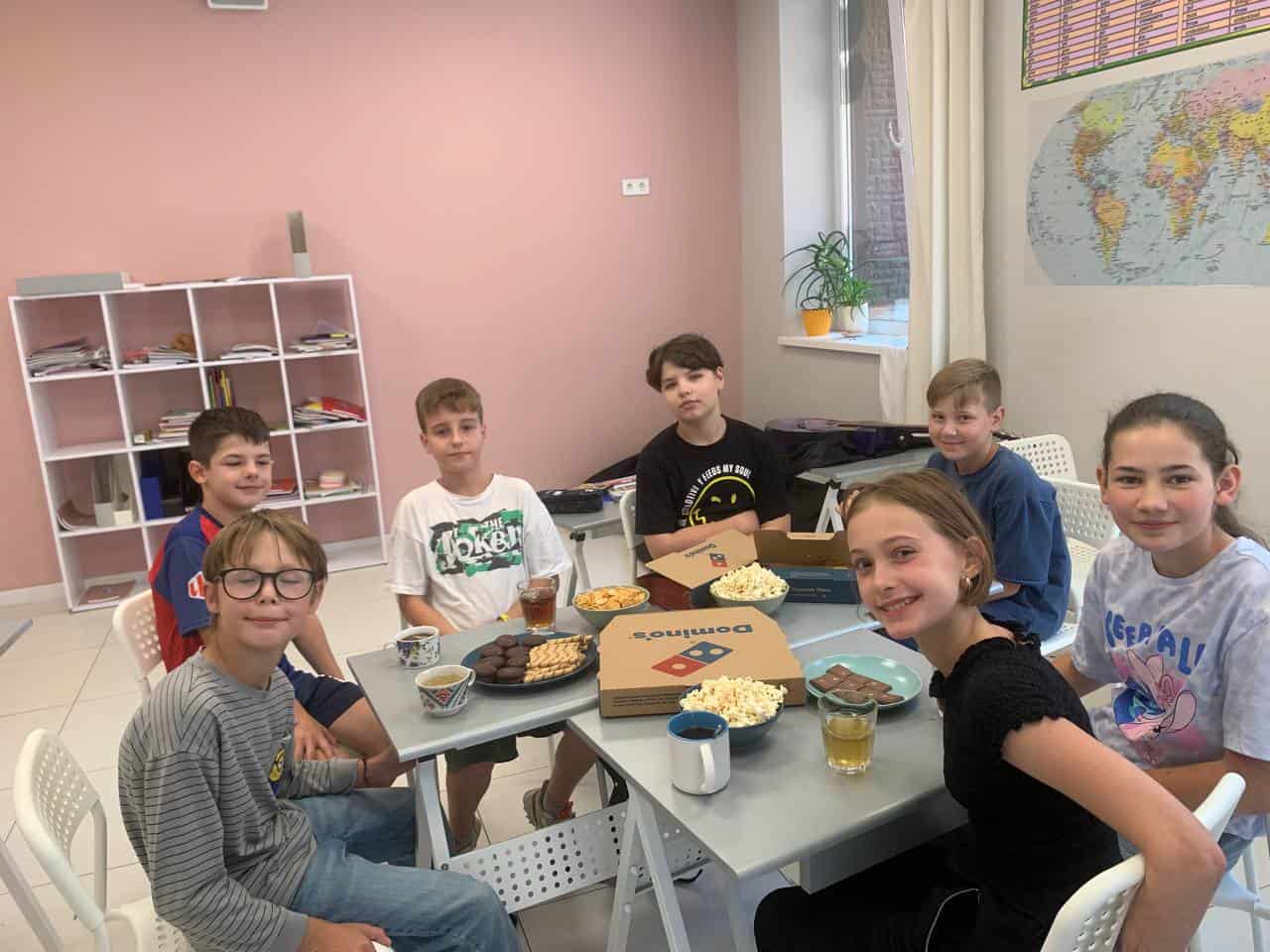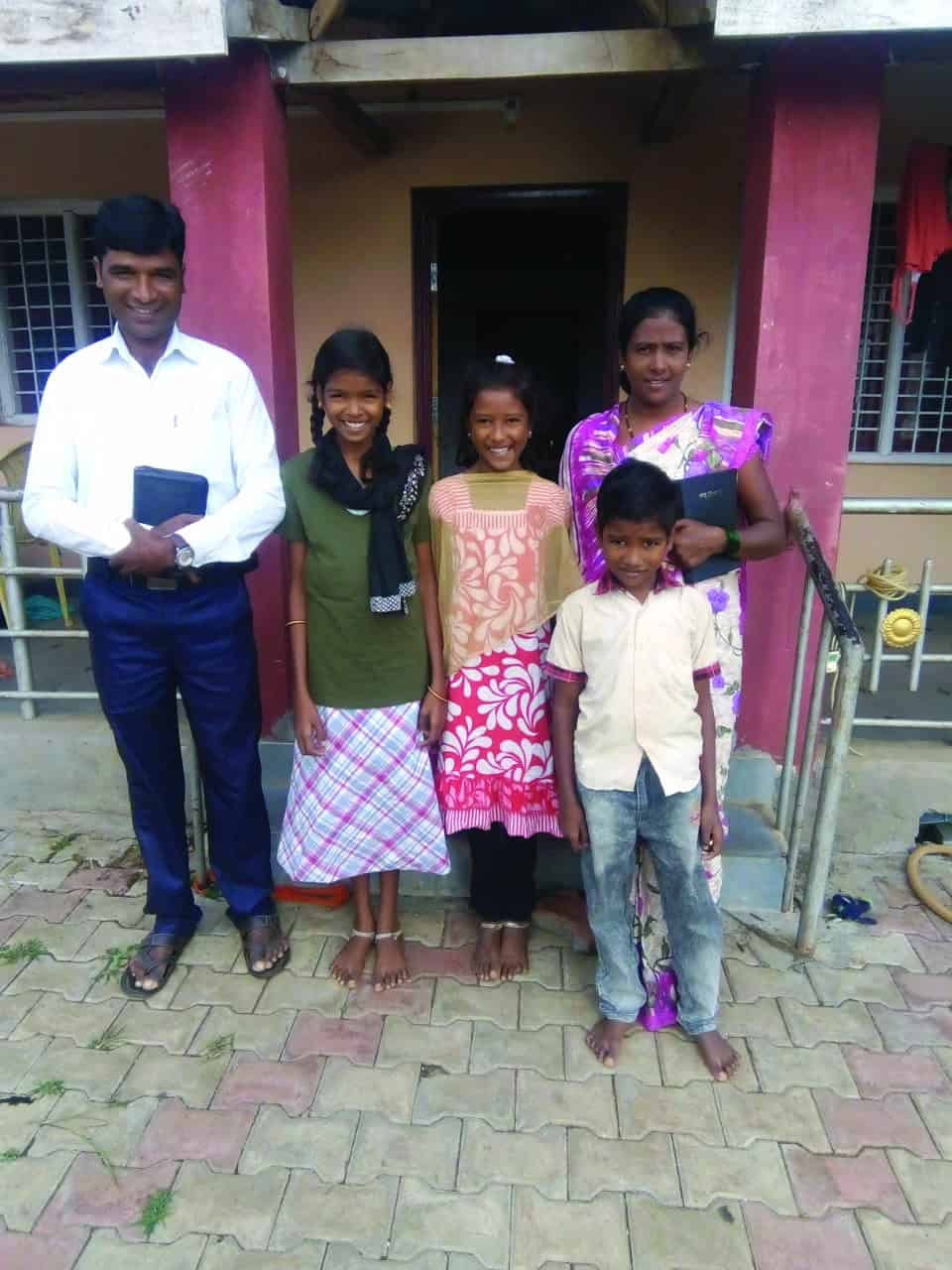What an interesting video! Good job! We never thought that a day in a normal person’s life could be so interesting to watch! You do such an amazing job finding beauty in simply life!
what a missionary on the foreign field recently had to say about one of the episodes
In the past, when filming documentaries of our church planters and feeding centers, we’ve often only been able to spend a few hours in a village before moving on to capture new stories in another. But on our last film expedition, we traveled through six foreign countries, spending entire days with Christian families who had been recommended to us by our national directors. Right now, we are releasing a new series that allows you to see first-hand what it’s like to live in their shoes in third-world conditions.
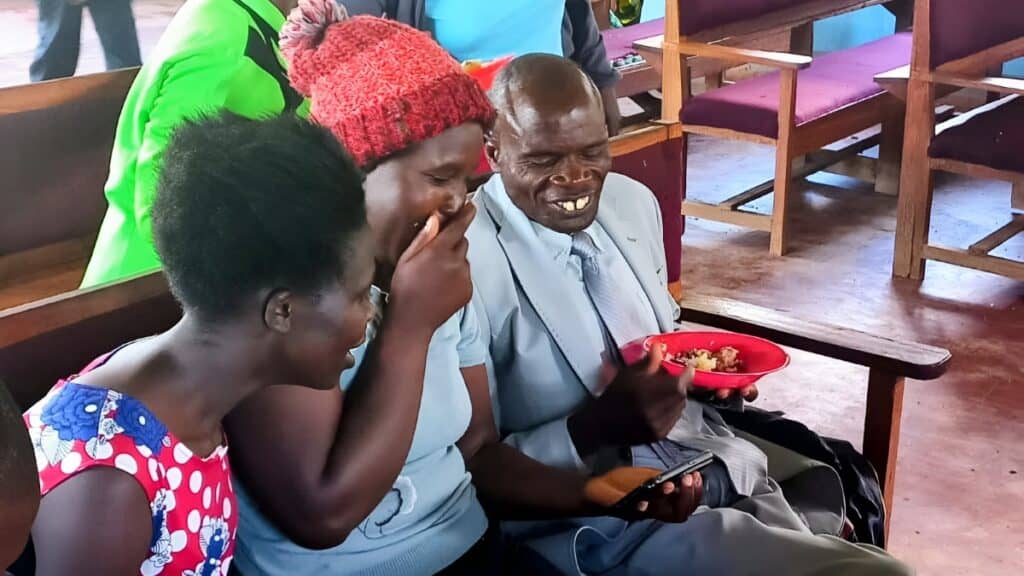
Peres watching her video with her pastor in their church in Kenya.
Final Frontiers’ President Daniel Nelms wanted to present you with a brisk, raw, real-life feeling to each day, with as many authentic sound FX as we could acquire. So, these documentaries are a visual journey of everyday life without any narration or subtitles. The only thing added is the music, which guides the twists and turns of the day—leaving you to observe and process what you see as if you were actually there, living right alongside them. The music soundtrack is fully unique to every episode and expresses not only the instrumental flavor of their culture but what I (the videographer) felt personally for each new portion of the day as it progressed. These videos are fast-paced, meaning you will be watching a person’s routine, from sun-up to sun-down, in 15 to 20 minutes, so there’s always something new to see.
Joshua Martyn with Anton in Ukraine.
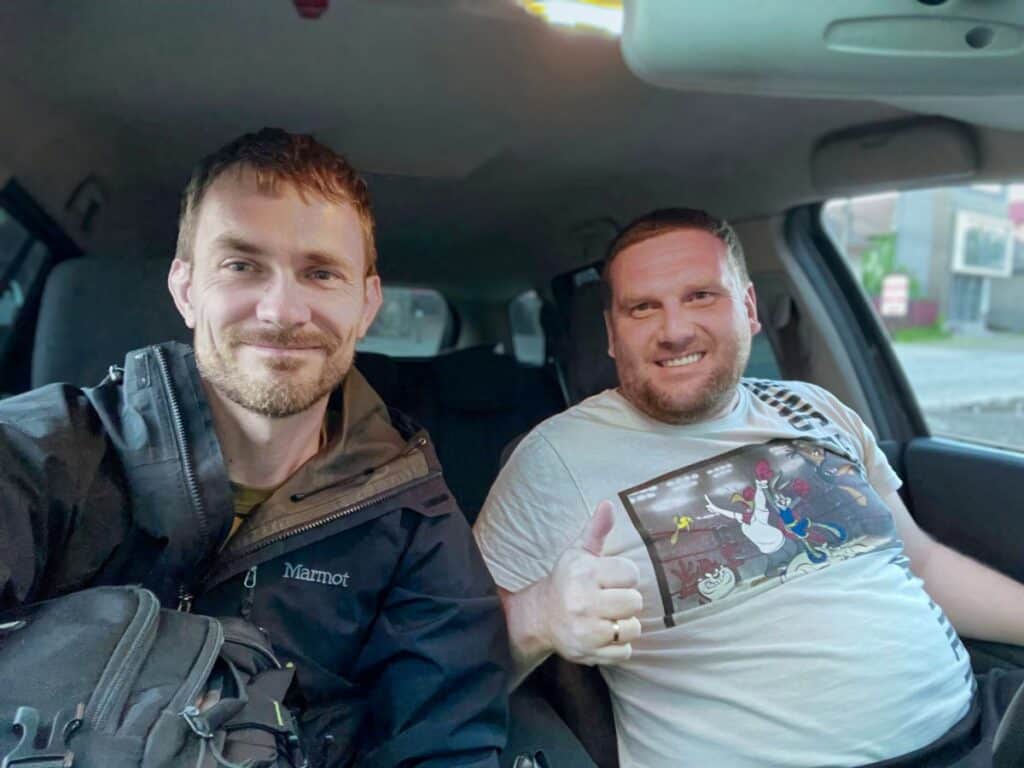
As Westerners, we are not familiar with their language, their food, or their daily customs. To keep it interesting, we kept it real. Everything in these episodes is unscripted, spontaneous, and captured as it occurs. This gives you the privilege of not just reading about, but seeing how the children you support in our feeding centers live, how the national preachers you support live, and how individual church members in their congregations live. The poverty, the struggles, the simple joys—it’s all there for you to experience and better empathize with.
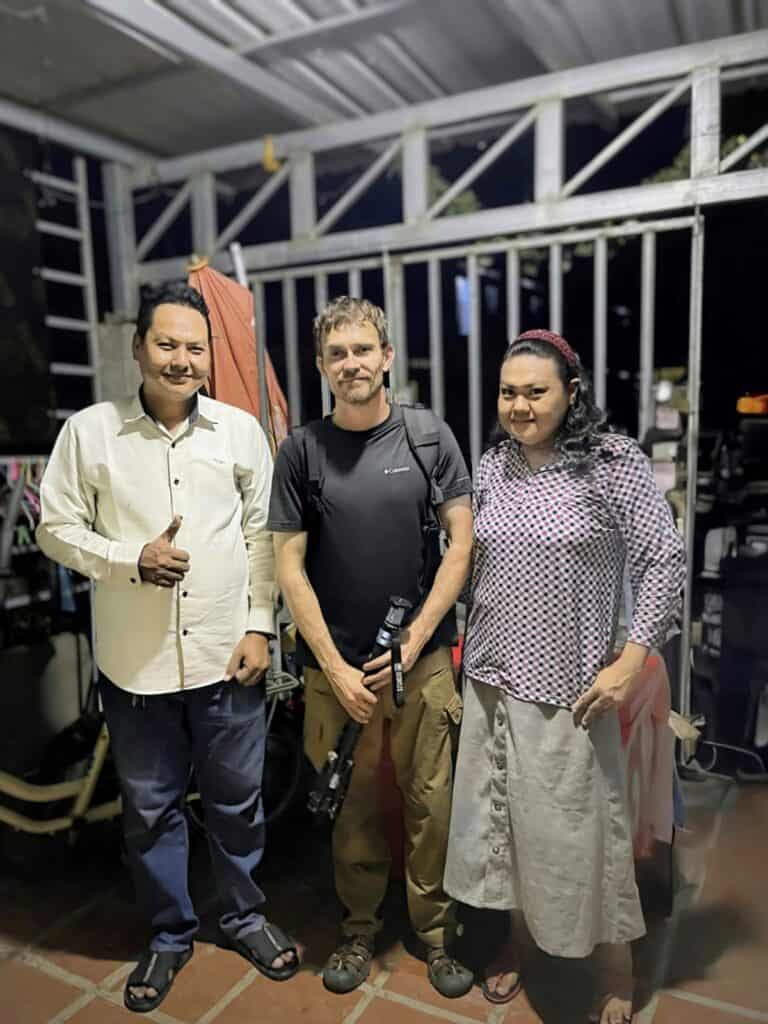
Joshua with Sothy and her brother at the end of the day in Cambodia
We are presenting a different country in every-other episode, as well as alternating each episode between men and women. Sometimes you will even get to see a day in the life of a child as well, and usually, as is the case with “A First Grader in Honduras,” it will be a boy or girl who is eating at one of our feeding centers. So, whether you are a man or woman, you can find interesting common ground in these stories. These documentaries will also help missionaries better understand the people they are going to serve because they can study exactly how they live in a given culture. And likewise, if you want to teach your child how other children live in other countries, this gives you a perfect opportunity.
For those who want to learn more about each location presented, there’s always extra information written in the description below each video, and we encourage further questions from our viewers. But we are also producing a full commentary version for each and every episode, which is published after the primary one has come out. In these extra episodes, Daniel Nelms and I discuss what is happening in many of the scenes, with many of the details that may slip by viewers the first time they watch. This will help answer some of the questions you or your child may have. So, even as this article is being written, we have five episodes for five different countries published on our channel right now; and there will be five more additional episodes with further explanation to accompany them. Many more day-in-the-life-of stories are yet to come, so please stay tuned throughout the coming year.
Capturing these documentaries has had the added benefit of encouraging the families we spend the day with. They are honored that someone from America would even do such a thing—to come and live like they live and tell their story. I’ll never forget one poor man in Kenya who, after boiling fresh milk over his open fire in his mud kitchen, turned to look at me sincerely in the cold morning air, saying: “Thank you, brother, for sharing tea with me”—and you could see in his eyes, he meant it.
Just imagine what it means to a poor Christian family whose father, mother, sister, or brother gets to have a day documented. That precious individual—someone’s husband, someone’s child—can now be remembered by their family in a way they would’ve never dreamed possible. Both parents and children now have something to look back on. I’ve already heard stories of appreciation, as is the case with Peres in Kenya, who enjoyed the recent video about her so much, that she “laughed uncontrollably” to get to see herself and her daughter. Another, a man from Ukraine named Anton, thanked me and said: “Our home is always open for you. Next time you come, be sure to come and visit us.”
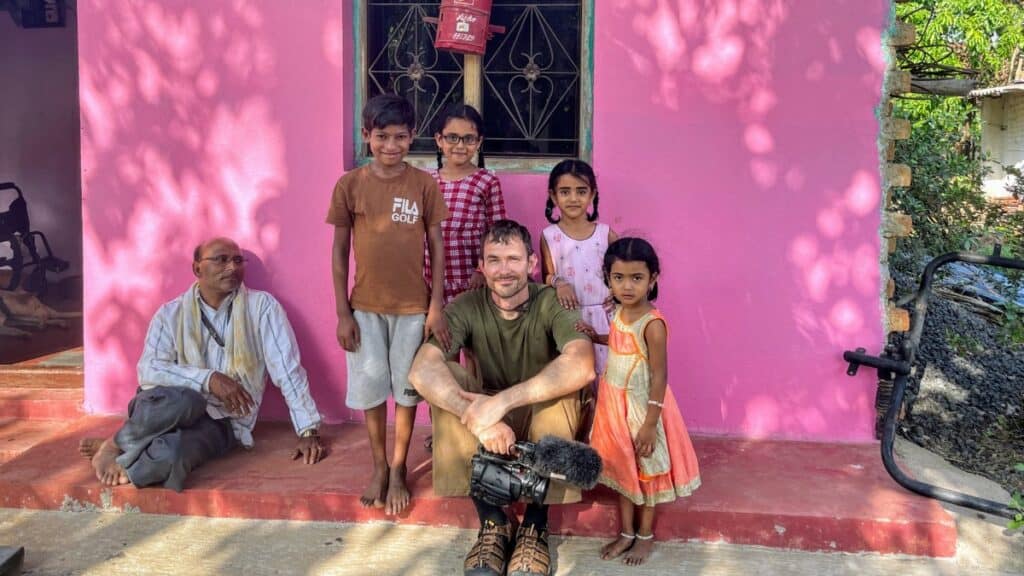
Joshua Martyn spends time with a family in India, capturing their daily life for the documentary series.
Flowing along like an undercurrent beneath the benefits already mentioned, I also see this series as an attempt to show individual lives as important, dramatic in their own way, and just as meaningful as God sees your own—even though you live on opposite sides of the globe. Our highest-viewed story so far has been “A Hunter In India,” about a man named G Kotayya. He’s probably the poorest church member we had the privilege of spending a day with while filming this series. In his story, we had to create the feeling of being a hunter-gatherer on days when you don’t catch quite so much—but it was still real—just as real as your days are—and of course, there’s still that feeling of adventure and anticipation as he searches on-and-on for prey. You’ll have to watch the video to find out what he caught. I think my favorite part is the ending of the second hunt, where he’s resting next to his empty trap, followed by the scenes of him returning home. I could feel the disappointment of not catching anything on that second attempt; yet I could also hear his heart saying: “This is what I am. I am a hunter, and win or lose, I’m still giving it all I’ve got for the sake of my family.”
Look at our brothers and sisters, what kind of hard life they have. When I’m seeing that woman, she is our sister, and you know my heart is crying for her life. May the Lord bless them. You know, videos like this bring glory to God from you. It is useful, of course. We are sharing them with our church members. I wish one day to meet all my brothers and sisters who are serving God from the heart.
from a Christian viewer in a country that is over 90% Muslim
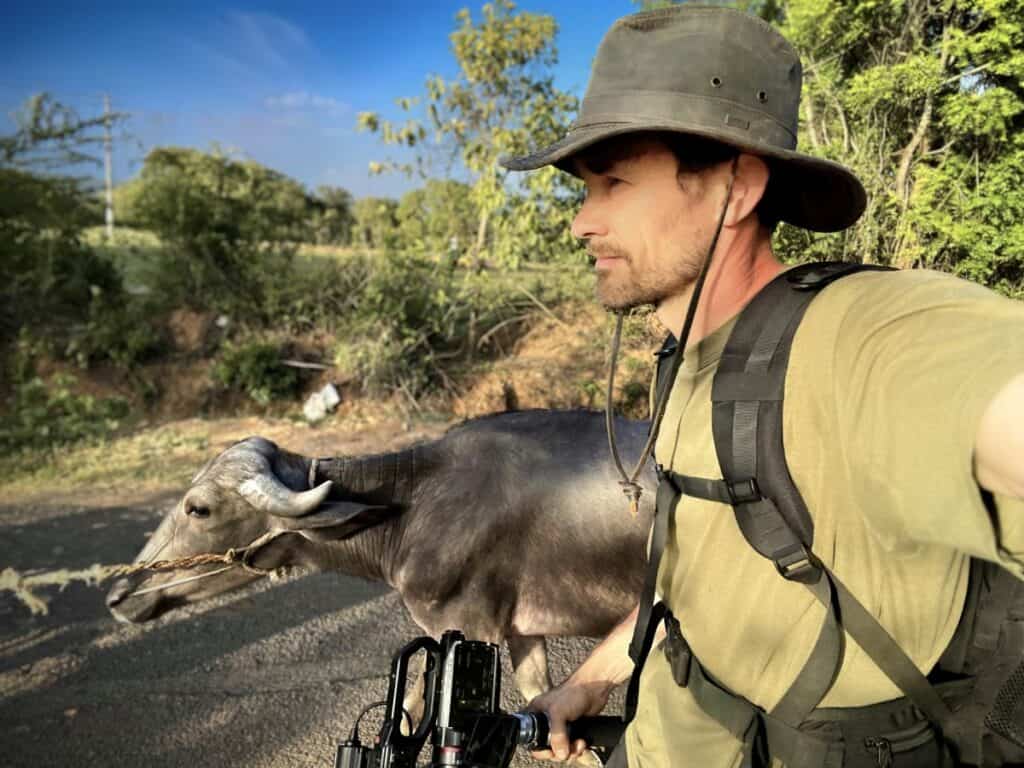
To make a set of documentaries like these was a dream come true for me. By the end of each day, having worked as hard as possible to capture every detail I could without getting myself into the scene, I felt like I was a part of their family. I believe that when you watch these, you’ll feel you’ve lived with them too. I remember one person in the U.S. once saying to me how they would love to be able to crawl inside some of the videos we’ve put out and see everything that’s happening around those third-world homes: what they eat; where they sleep; what they do in their spare time; what they bring home from the market—because it’s all going to be different in every place you travel to. Now, all of you can do just that; and I hope you’ll enjoy the unique opportunity.
